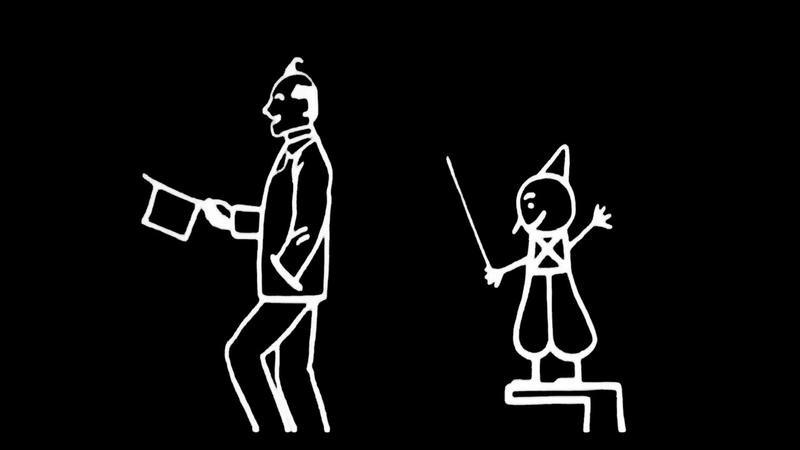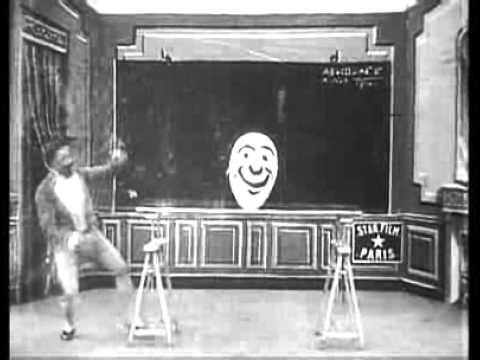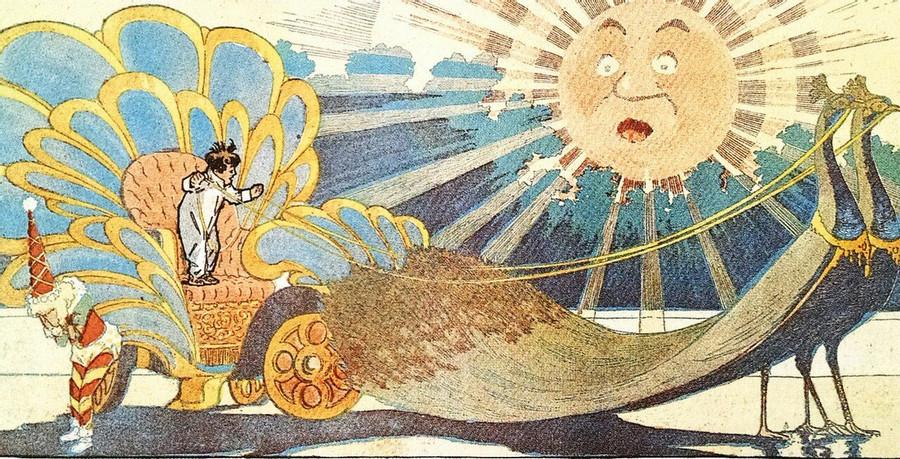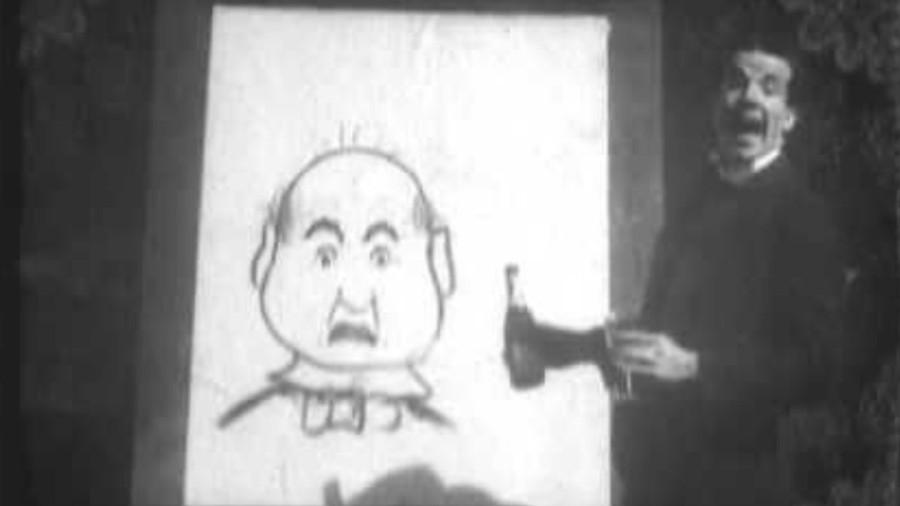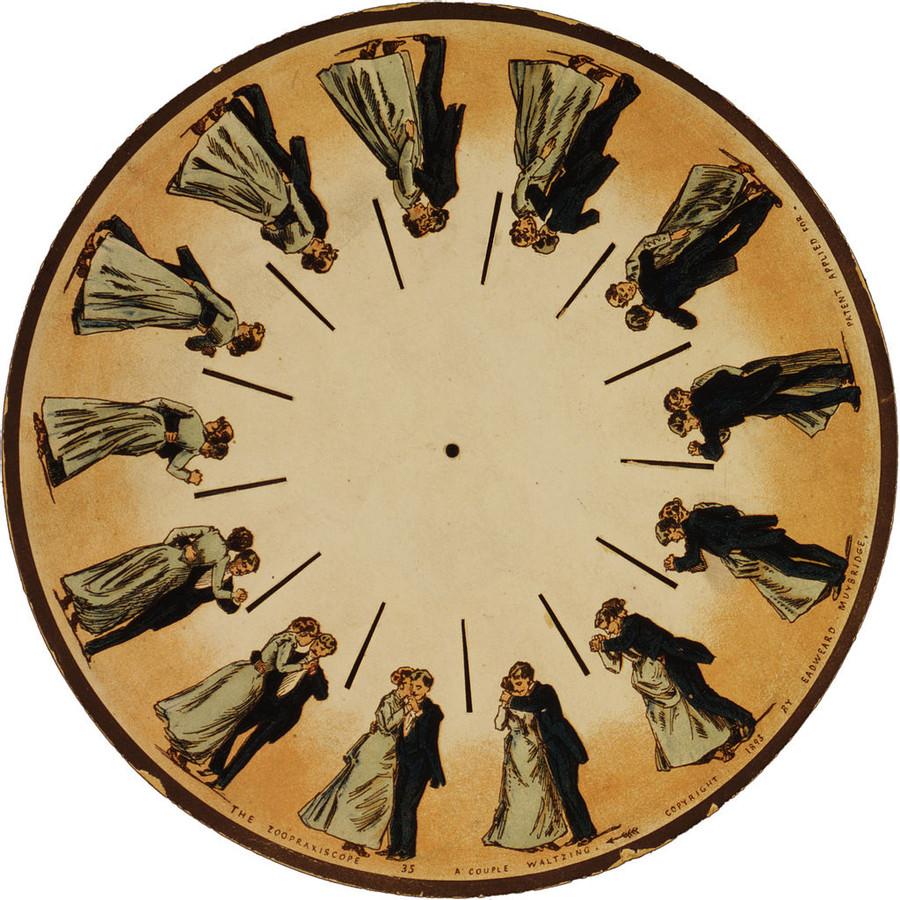Before Walt Disney: 5 Pioneers of Early Animation
Curated from: theatlantic.com
Ideas, facts & insights covering these topics:
5 ideas
·206 reads
1
Explore the World's Best Ideas
Join today and uncover 100+ curated journeys from 50+ topics. Unlock access to our mobile app with extensive features.
The Story of Fantasmagorie (1908)
Émile Cohl is the father of the animated cartoon. In 1907, Cohl was hired as a scenarist by Gaumont to generate one-page story ideas for movies.
Between February and May 1908, Cohl created Fantasmagorie, the first fully animated film. To create the animation, Cohl placed each drawing on an illuminated glass plate and traced the next drawing, reflecting the variations needed to show movement. The animation contained over 700 illustrations.
6
55 reads
Georges Méliès (The Prolific Egg)
Georges Méliès was the first cinemagician for his early use of special effects in cinema.
In 1902, he appeared in one of his own films, l'oeuf du sorcier (The Prolific Egg). The groundbreaking exploration of scale, multiplication, and transitions truly sealed his reputation as a "cinemagician".
5
39 reads
Winsor McCay (Little Nemo)
McCay is considered the father of "true" animation.
His 1911 film, Winsor McCay, the Famous Cartoonist of the N.Y. Herald and His Moving Comics, or Little Nemo contains two minutes of pure animation using sequential hand illustration in a novel way.
5
38 reads
The Enchanted Drawing (1900)
British filmmaker J. Stuart Blackton is credited with creating the first animation in America. He was the first to use stop-motion as a storytelling technique.
In The Enchanted Drawing, Blackton sketches a face, cigars, and a bottle of wine, then "removes" these last drawings as real objects so that the face appears to react.
5
33 reads
Muybridge: Waltzing couple (1893)
The animal locomotion studies of Eadweard J. Muybridge are among the earliest visual experiments in creating an illusion of motion. The "persistence of vision" principle laid the foundation for later forms of videography.
6
41 reads
IDEAS CURATED BY
Veronica Neal's ideas are part of this journey:
Learn more about movies with this collection
The historical significance of urban centers
The impact of cultural and technological advances
The role of urban centers in shaping society
Related collections
Similar ideas
3 ideas
How 'One Hundred and One Dalmatians' Saved Disney
smithsonianmag.com
5 ideas
Centers of Progress: Los Angeles (Cinema)
humanprogress.org
3 ideas
Walt Disney Quotes
imdb.com
Read & Learn
20x Faster
without
deepstash
with
deepstash
with
deepstash
Personalized microlearning
—
100+ Learning Journeys
—
Access to 200,000+ ideas
—
Access to the mobile app
—
Unlimited idea saving
—
—
Unlimited history
—
—
Unlimited listening to ideas
—
—
Downloading & offline access
—
—
Supercharge your mind with one idea per day
Enter your email and spend 1 minute every day to learn something new.
I agree to receive email updates

